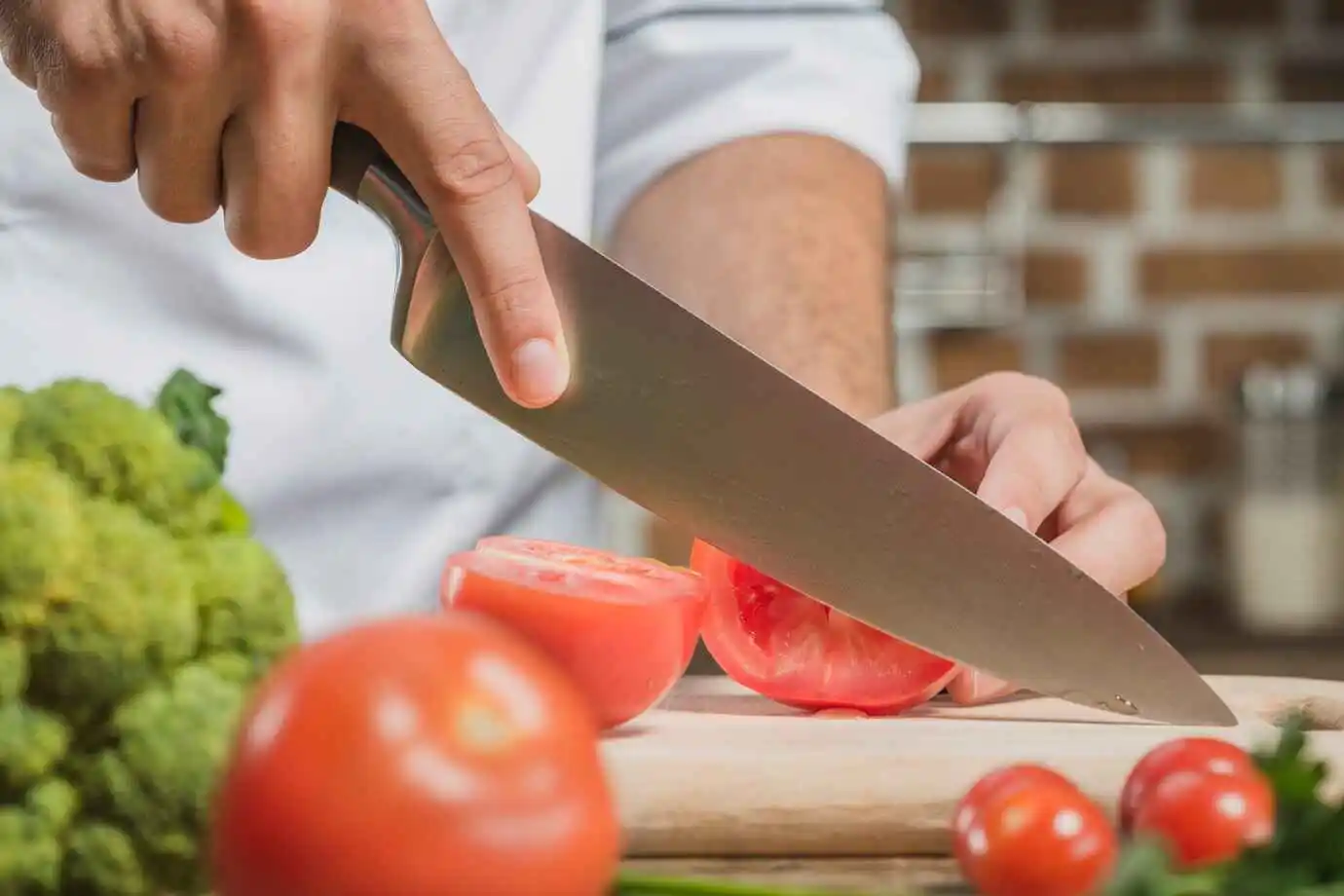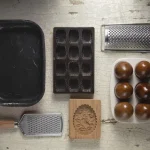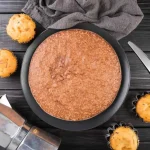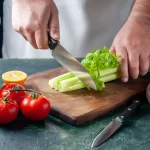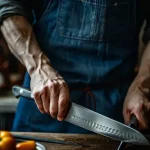Cooking at home can be a joyful and fulfilling experience, especially when equipped with the right tools. One of the most essential tools in any kitchen is a good set of knives. But with so many options available, how do you know which knives are truly necessary? Drawing insights from professional chefs and experts, this guide will walk you through the must-have knives for home cooks and how to use them effectively.
The Foundation of a Great Kitchen
Jacques Pépin, a renowned chef known for his expertise in French cuisine, once said, “A well-chosen knife set is the foundation of any kitchen. Focus on quality over quantity.” This sentiment highlights the importance of investing in high-quality knives that will serve you well for years to come.
The Essential Knives
-
Chef’s Knife
The chef’s knife, often considered the workhorse of the kitchen, is a versatile tool that can handle a wide range of tasks. According to Thomas Keller, a renowned chef and restaurateur, “A chef’s knife is the workhorse of the kitchen, but don’t underestimate the versatility of a paring knife and a serrated bread knife.”
Why You Need It:
- Versatility: Ideal for chopping, slicing, and dicing vegetables, meats, and more.
- Efficiency: With a sharp blade, you can cut through ingredients quickly and precisely.
-
Paring Knife
The paring knife is a small, agile knife perfect for tasks that require precision.
Why You Need It:
- Detail Work: Ideal for peeling fruits and vegetables, deveining shrimp, and intricate cutting tasks.
- Control: Offers more control than a larger knife for delicate tasks.
Expert Insight:
Julia Child, a culinary icon, advised, “Don’t be afraid to experiment with different knife styles to find what works best for you.” A paring knife is often essential for those delicate touches in cooking.
-
Serrated Bread Knife
A serrated bread knife, with its tooth-like edge, is designed for cutting through bread and soft vegetables.
Why You Need It:
- Bread Cutting: Easily cuts through crusty bread without crushing it.
- Tomatoes and Citrus: Works well for slicing tomatoes and citrus fruits with tough skins.
Expert Insight:
Thomas Keller points out, “Don’t underestimate the versatility of a paring knife and a serrated bread knife.” A serrated knife is particularly useful for those with a love for fresh bread and tomatoes.
-
Utility Knife
The utility knife is a smaller version of the chef’s knife, perfect for tasks that are too big for a paring knife but too small for a chef’s knife.
Why You Need It:
- Versatility: Useful for tasks like cutting sandwiches, trimming meat, and slicing small vegetables.
- Precision: Offers a balance between size and control.
-
Boning Knife
A boning knife features a thin, flexible blade designed for deboning meat and fish.
Why You Need It:
- Deboning: Makes it easier to remove bones from meat and fish with precision.
- Filleting: Useful for filleting fish and other delicate tasks.
Personal Insight:
Learning to use a boning knife effectively was a game-changer for me. It made preparing fish at home much more enjoyable, and I found I could get more meat from each fillet, reducing waste.
Knife Maintenance and Safety
As Anthony Bourdain wisely said, “Invest in a good knife sharpener to maintain the performance of your blades.” Proper maintenance is crucial to ensure your knives perform at their best and remain safe to use.
Sharpening
Why It Matters:
- Performance: Sharp knives cut more efficiently and safely.
- Safety: A dull knife requires more force, increasing the risk of accidents.
Expert Advice:
Gordon Ramsay, a celebrity chef, emphasizes, “Safety is paramount. Always handle knives with care and use a cutting board to protect your surfaces.”
Cleaning
Why It Matters:
- Hygiene: Proper cleaning prevents bacteria growth.
- Longevity: Avoids damage from improper cleaning methods.
Tips:
- Hand Wash Only: Avoid dishwashers as they can damage the blade.
- Dry Immediately: Prevent rust and stains by drying knives right after washing.
Storage
Why It Matters:
- Protection: Prevents dulling and damage to the blades.
- Accessibility: Keeps knives within reach but out of the way.
Tips:
- Knife Block: Provides a safe, convenient place for knives.
- Magnetic Strip: Keeps knives visible and easily accessible.
Choosing the Right Knife Set
America’s Test Kitchen suggests, “Consider your cooking style when selecting knives. A home cook might not need a full professional knife set.” Choose a set that suits your cooking habits and budget.
Budget-Friendly Options:
- Starter Sets: Include basic knives like a chef’s knife, paring knife, and serrated knife.
- Individual Knives: Purchase high-quality knives one at a time based on your needs.
Advanced Knife Techniques
Once you’ve mastered the basics, consider exploring advanced techniques to further enhance your skills.
Deboning a Chicken:
Use a boning knife to remove bones and create custom cuts of meat.
Supreme Citrus Fruits:
Remove peel and pith from citrus fruits for beautiful segments.
Fileting a Fish:
Use a flexible filet knife to get the most out of your fish with minimal waste.
Expert Advice:
Thomas Keller recommends, “A chef’s knife is the workhorse of the kitchen, but don’t underestimate the versatility of a paring knife and a serrated bread knife.” Investing in different types of knives and learning advanced techniques can elevate your cooking skills.
Resources for Further Learning
To deepen your understanding of knife skills and knife care, consider these resources:
Culinary Schools:
Offer comprehensive training in knife skills and provide valuable hands-on experience.
Cookbook Authors:
Many cookbooks include sections on knife selection and techniques.
Kitchen Supply Stores:
Stores like Williams Sonoma and Sur La Table often provide expert advice and demonstrations.
Online Cooking Tutorials:
Websites and platforms like YouTube feature tutorials on knife techniques and care.
Conclusion
Mastering the art of knife skills begins with choosing the right knives and maintaining them properly. As Jacques Pépin stated, “A well-chosen knife set is the foundation of any kitchen.” By investing in high-quality knives, practicing essential techniques, and adhering to safety and maintenance tips, you’ll enhance your cooking experience and create meals with greater ease and precision.
Remember, practice makes perfect. So, grab your knives and start honing your skills—your kitchen adventures await!
Happy cooking!

